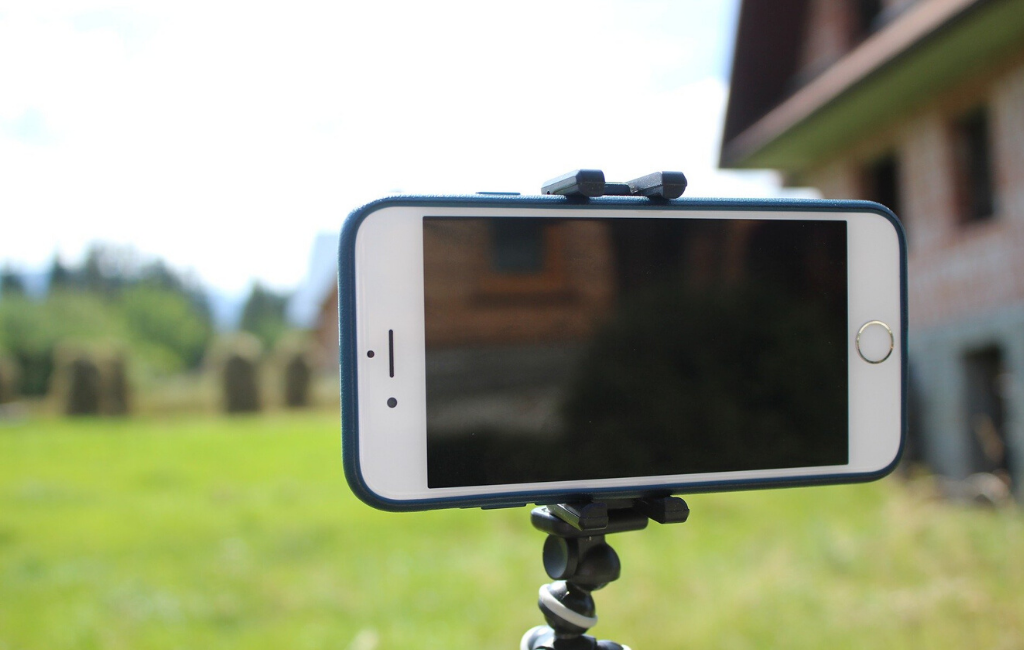 by Emmanuel Dabo and Meodi Mothapo One of the simplest techniques for verifying the authenticity of an image circulating on the internet is the reverse search technique. It consists of “uploading” the image to be checked on Google images, then observing...
by Emmanuel Dabo and Meodi Mothapo One of the simplest techniques for verifying the authenticity of an image circulating on the internet is the reverse search technique. It consists of “uploading” the image to be checked on Google images, then observing...


